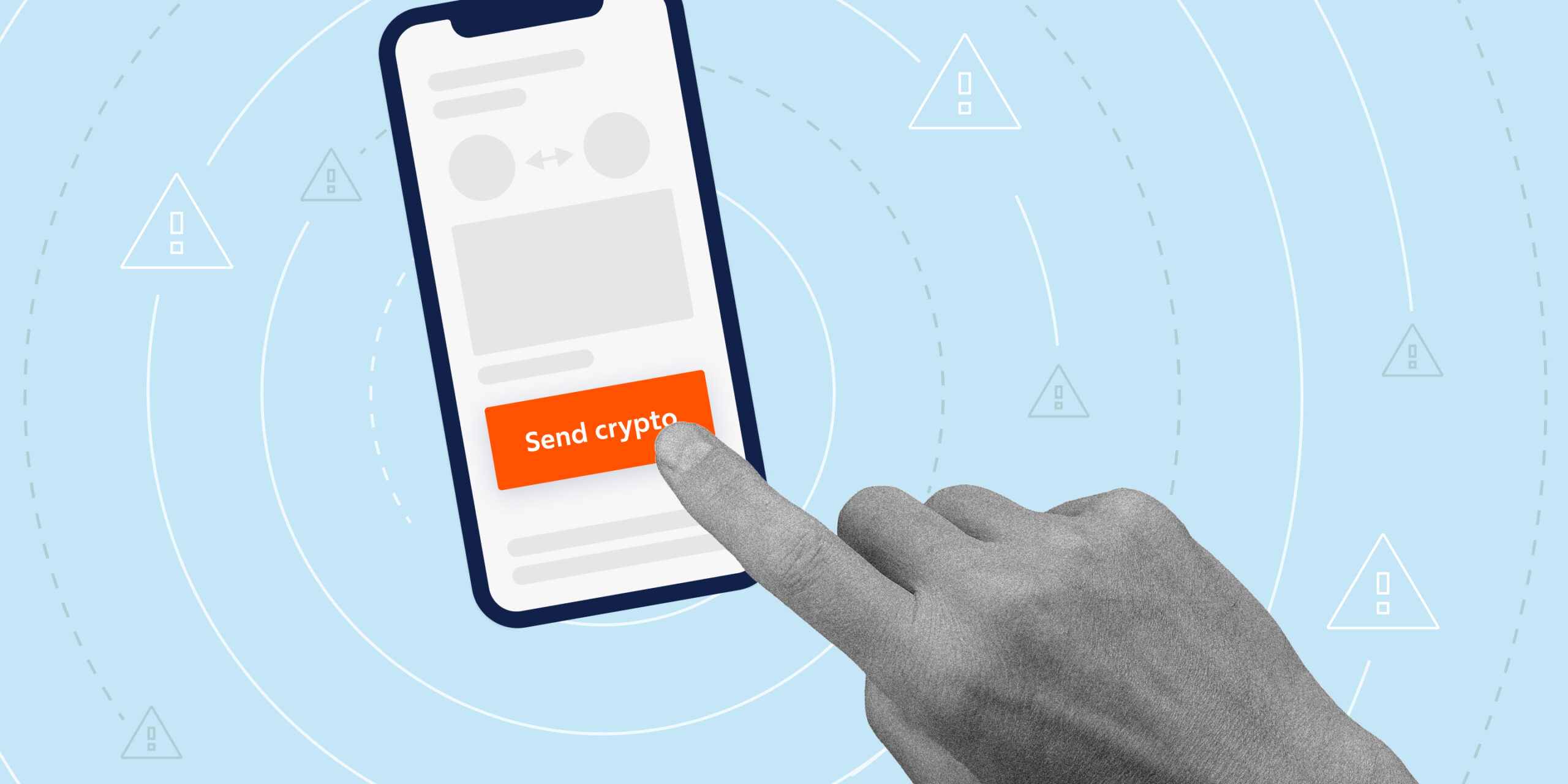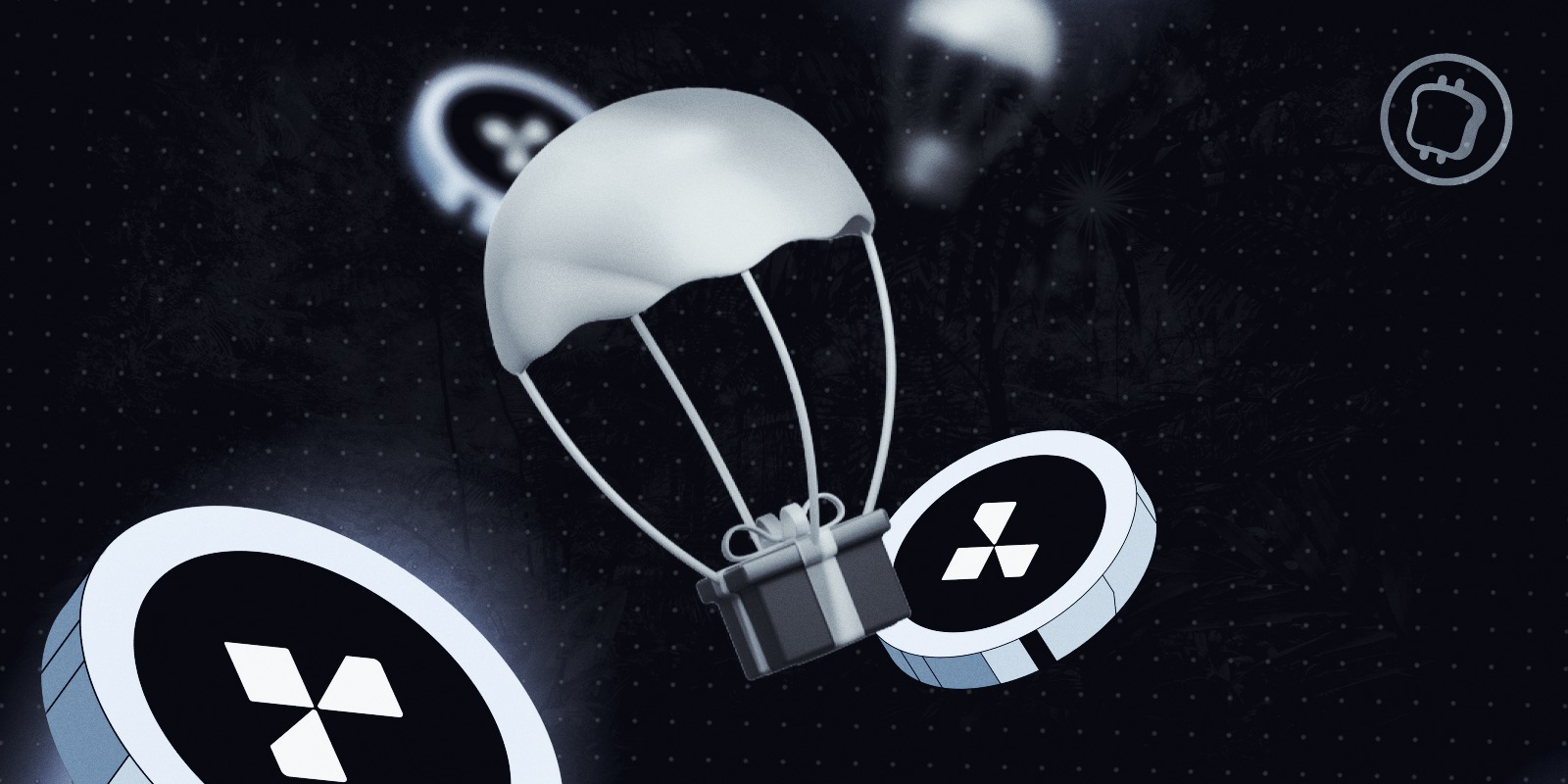While the rollout of Ethereum 2.0 with The Merge went off without a hitch, staking is now one of the best ways to put your dormant ETH to work and earn passive income from it. Here is our complete guide to staking your ETH with ease.
The preferred platforms for staking your ETH
So-called “solo” staking requires holding at least 32 ETH in addition to including significant operating costs and risks.
This is why it is interesting to turn to platforms that take care of these tasks for you, while allowing you to stake your ETH even if you have less than 32.
👉 Here is our explanatory article to know everything about cryptocurrency staking
By delegating your ETH to a platformthese are going to be deposited in a smart contract with the ETH of other users in order to amortize the costs without reducing the rewards received.
Before choosing the platform that suits you, there are still several criteria to take into account to avoid unpleasant surprises: security, interest rate offered, fees, accessibility, etc.
Depending on your profile, different options are available to you. That’s why, if you’re just starting out, we suggest staking your ETH on Binancea platform known for its ergonomics, simplicity and diversity of services.
Furthermore, Binance is the only centralized platform that does not charge fees on rewards that you will get with ETH staking.
Discover Binance
Binance
-10% off fees with code SVULQ98B 🔥

You can also consult the table containing the information necessary to guide you in choosing the platform to stake your ETH.
Staking your ETH on Binance: complete guide
The Binance platform allows you to stake your ETH securely and in a few clicks. In addition to being registered as a PSAN with the Autorité des marchés financiers (AMF), Binance is committed to cover all running costs of the validator and will bear the risk of on-chain penalties.
You will get BETH as a tokenized representation of your staked ETH at a 1:1 ratio, which will allow you to benefit from liquidity while enjoying the rewards of staking ETH.
To stake your ETH on Binance, you must log in to your account or create one via the button below:
Discover Binance
Binance
-10% off fees with code SVULQ98B 🔥





👉 Here is a complete guide to registering on Binance and verifying your account
Once your account is created and verified, deposit your ETH into your Binance wallet if you haven’t already. Go to the ” Passive income » and click on « ETH 2.0 » :


Then click on ” Stake now » :


Last step, enter the amount of Ethers you want to stake, check the Binance staking service agreement box and click on ” To confirm “.
As you can see, there will be a 48 hour delay before the distribution of the first rewards:


Congratulation ! Your ETH are sent to an Ethereum staking pool. You just have to quietly enjoy the BETH that will be distributed in your wallet daily.
Lido, the decentralized alternative for staking your ETH
Lido is an application governed by a decentralized autonomous organization (DAO) which manages operations, fund distributions, etc. It also has its own native token, the LDO, which grants governance rights to its holders such as voting on the future direction of the platform.
The process for staking your ETH will be roughly similar to that of Binanceapart from the fact that you will connect your own wallet to the Lido application (MetaMask, XDEFI, etc).
In effect, Lido is a liquid staking protocol, that is to say that in exchange for your staked ETH you will receive stETH tokens. Even better, the platform does not lock your funds.
stETH also have the advantage of being able to offer extra yield to staking, as they are supported by most protocols like Curve, Aave, etc.
Note that it is currently impossible to withdraw ETH placed in staking. However, you can still exchange your stETH for regular ETH.
Other Decentralized Ether Staking Solutions
In addition to Lido other decentralized solutions exist like RocketPool or StakeWise, here is a comparative table of the different decentralized applications that allow you to stake ETH:
Another solution detected by the experts of our Premium Group exists and is currently the most profitable. This solution is offered by Frax Finance which is also launching into staking on Ethereum. The principle is identical to that of Lido with a sfrxETH which will offer even higher returns thanks to better integration into decentralized finance. The expected returns are around 10%.
You can get an overview of all our exclusive content here.
Join Experts and a Premium Community
PRO
Invest in your crypto knowledge for the next bullrun


FAQ: Frequently asked questions about staking on Ethereum
How does Ethereum staking work?
Staking comes from Proof of Stake, which is a consensus guaranteeing the security of the blockchain and the creation of new blocks. Staking is the selection of validators who will be assigned these responsibilities. This is what is more commonly called “stakers”.
On Ethereum, the stake required to become a validator is 32 ETH. This sum is necessary to deter the staker from going offline or launching a deliberate attack on the network.
However, as we discussed earlier, this limit is broken by the platforms which offer the possibility to their users to stake their ETH no matter how much they have.
Is it a good idea to stake my ETH?
It’s a win-win process since on the one hand, it will contribute to the security of the Ethereum blockchain by building new blocks and on the other it will allow you to generate passive income with less risk.
The other advantage is that it does not require any special skills if you delegate your ETH to a third party like Binance.
How much can I earn with staking on Ethereum?
Ethereum staking offers annual returns. The returns are different from one platform to another and can reach 6% in some cases. You also have to take into account the fees that the platform takes from your rewards.
At the time of writing this article the proposed interest rate is around 5% on Binance, and it is the only centralized platform that does not charge for this service.
What to do with my BETH from Binance?
There are different ways to use them. You can leave them on Binance and enjoy staking rewards. You can also use your BETH in the BNB Chain ecosystem like in Binance Launchpool and Liquid Swap.
BETH is also supported on some DeFi platforms like Venus for lending and borrowing or even Pancake Swap to provide liquidity on pairs.
👉 Find our complete explanation of what decentralized finance (DeFi) is
What are the risks of ETH staking?
The most trivial risk is the fall in value of the cryptocurrency ETH.
Regarding the actions of validators, Ethereum’s consensus mechanism has a few rules designed to prevent attacks on the network. Validators will receive, depending on their activity, more or less rewards in ETH.
Inactive validators will logically suffer penalties which will increase if this occurs for a prolonged period. They can therefore lose a (quite negligible) part of their locked ETH.
Conversely, what is called slashing, is a much more serious punishment. It is triggered by a clearly malicious action towards the network such as offering 2 different blocks for the same location. This means that a significant part of the validator’s stake will be removed or even all of it in the worst case.
For ideal security it is better to choose a reputable and secure platform to stake your ETH like Binance.
Discover Binance
Binance
-10% off fees with code SVULQ98B 🔥





Can I withdraw my ETH from staking?
Staked ETH cannot be withdrawn or transferred to the Ethereum network before the Shanghai upgrade which will normally take place during 2023.
Why does the Ethereum blockchain consume less energy with staking?
Unlike Proof of Work (PoW), Proof of Stake (POS) does not require as much computing power as before. This new system deployed since The Merge update no longer relies on miners but on “staker”.
With this change in validation method, the energy consumption of the Ethereum network has dropped by more than 99%.
👉 What will the future of Ethereum (ETH) look like after The Merge?
Discover Binance
Binance
-10% off fees with code SVULQ98B 🔥





Newsletter 🍞
Receive a summary of crypto news every Monday by email 👌
What you need to know about affiliate links. This page presents assets, products or services relating to investments. Some links in this article are affiliated. This means that if you buy a product or register on a site from this article, our partner pays us a commission. This allows us to continue to offer you original and useful content. There is no impact on you and you can even get a bonus by using our links.
Investments in cryptocurrencies are risky. Cryptoast is not responsible for the quality of the products or services presented on this page and could not be held responsible, directly or indirectly, for any damage or loss caused following the use of a good or service highlighted in this article. Investments related to crypto-assets are risky by nature, readers should do their own research before taking any action and only invest within the limits of their financial capabilities. This article does not constitute investment advice.







